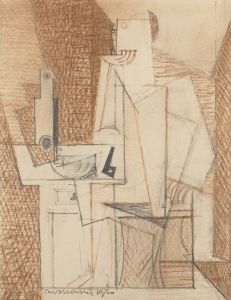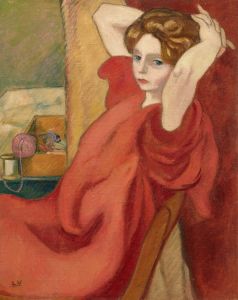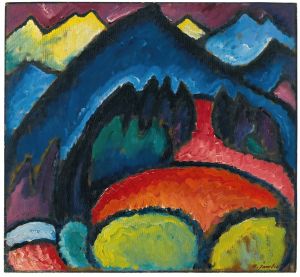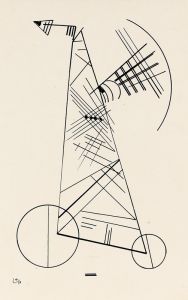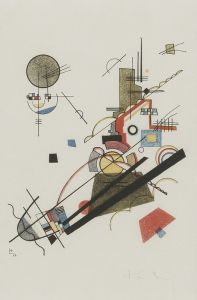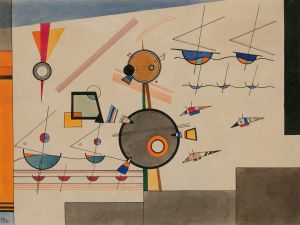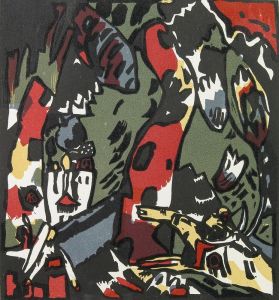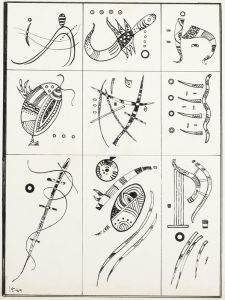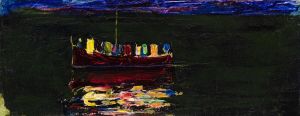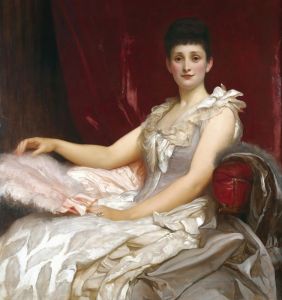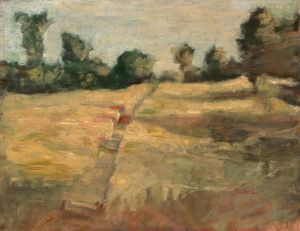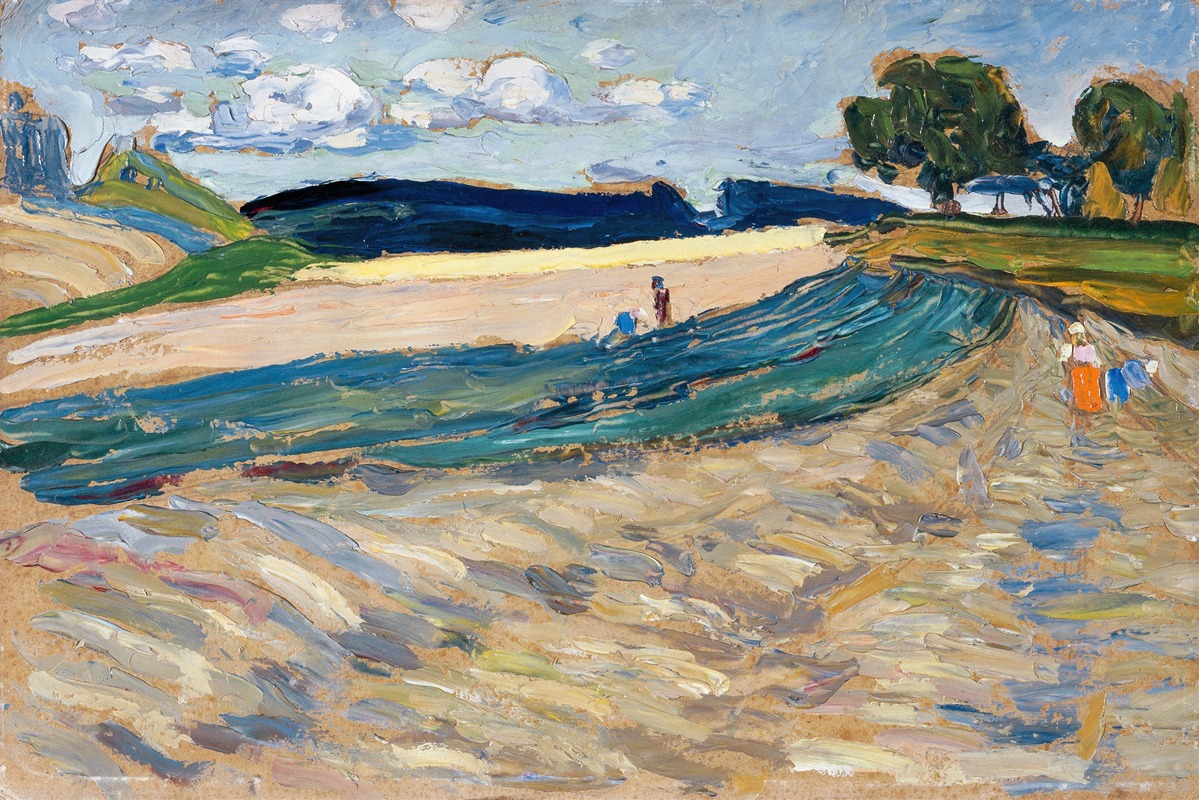
Landscape with a yellow field
A hand-painted replica of Wassily Kandinsky’s masterpiece Landscape with a yellow field, meticulously crafted by professional artists to capture the true essence of the original. Each piece is created with museum-quality canvas and rare mineral pigments, carefully painted by experienced artists with delicate brushstrokes and rich, layered colors to perfectly recreate the texture of the original artwork. Unlike machine-printed reproductions, this hand-painted version brings the painting to life, infused with the artist’s emotions and skill in every stroke. Whether for personal collection or home decoration, it instantly elevates the artistic atmosphere of any space.
Wassily Kandinsky, a pioneering figure in abstract art, created "Landscape with a Yellow Field" during a transformative period in his artistic career. Born in Moscow in 1866, Kandinsky initially pursued a career in law and economics, but his passion for art led him to Munich, where he studied at the Academy of Fine Arts. His early works were influenced by Impressionism and Post-Impressionism, but he gradually moved towards abstraction, seeking to express emotions and spirituality through color and form.
"Landscape with a Yellow Field" is emblematic of Kandinsky's transition from representational art to abstraction. Painted in 1909, this work reflects his interest in the expressive potential of color and his desire to convey a sense of inner reality rather than depict the external world. The painting features a vibrant yellow field, which dominates the composition and serves as a focal point. This use of color is characteristic of Kandinsky's belief in the psychological and emotional impact of hues, a concept he explored extensively in his writings, particularly in his seminal book "Concerning the Spiritual in Art" published in 1911.
The composition of "Landscape with a Yellow Field" is dynamic, with swirling forms and bold contrasts that suggest movement and energy. Kandinsky's use of color is not merely decorative but is intended to evoke specific feelings and moods. The yellow field, for instance, might be interpreted as a symbol of warmth, vitality, or even spiritual enlightenment, though Kandinsky himself often resisted definitive interpretations of his work, preferring viewers to experience their own emotional responses.
During the time "Landscape with a Yellow Field" was created, Kandinsky was deeply influenced by the avant-garde movements in Europe, particularly the Fauves and the Symbolists, who emphasized the emotional power of color and the importance of personal expression. His interactions with other artists and intellectuals in Munich, where he co-founded the influential group Der Blaue Reiter (The Blue Rider) in 1911, also played a crucial role in his artistic development. This group sought to transcend the boundaries of traditional art by exploring spiritual and abstract themes, and Kandinsky's work from this period reflects these ideals.
"Landscape with a Yellow Field" is a testament to Kandinsky's innovative approach to art, which laid the groundwork for the development of abstract expressionism in the 20th century. His exploration of color, form, and spirituality continues to inspire artists and art enthusiasts around the world. The painting is a significant example of his early experiments with abstraction, showcasing his ability to convey complex emotions and ideas through a seemingly simple landscape.
Kandinsky's legacy as a pioneer of abstract art is well-established, and "Landscape with a Yellow Field" remains an important work within his oeuvre. It exemplifies his transition from traditional landscape painting to a more abstract and expressive style, highlighting his belief in the transformative power of art. Through his innovative use of color and form, Kandinsky challenged the conventions of his time and opened new possibilities for artistic expression, making a lasting impact on the course of modern art.






